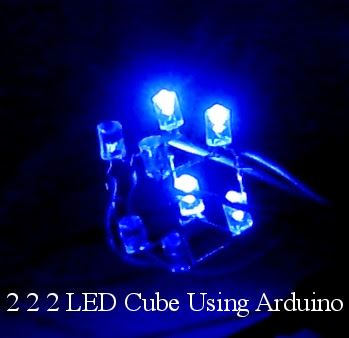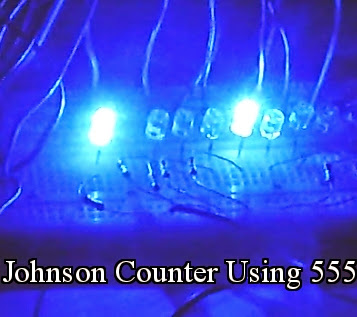Since it is a 4 *4 button key pad, it has eight output lines. Output lines are connected to a socket through a flexible sheet. This makes this key pad different. Switches are arranged as a matrix as shown in the following diagram.
K, L, M, N, O, P, Q and R are the eight output lines from the matrix. Corresponding K, L, M, N, O, P, Q and R pins in the output lines from 4*4 button key pad is shown in the following image.
1 controlls the current flow through K and O.
2 controlls the current flow through K and P.
3 controlls the current flow through K and Q.
A controlls the current flow through K and R.
4 controlls the current flow through L and O.
5 controlls the current flow through L and P.
6 controlls the current flow through L and Q.
B controlls the current flow through L and R.
7 controlls the current flow through M and O.
8 controlls the current flow through M and P.
9 controlls the current flow through M and Q.
C controlls the current flow through M and R.
* controlls the current flow through N and O.
0 controlls the current flow through N and P.
# controlls the current flow through N and Q.
D controlls the current flow through N and R.








0 comments: